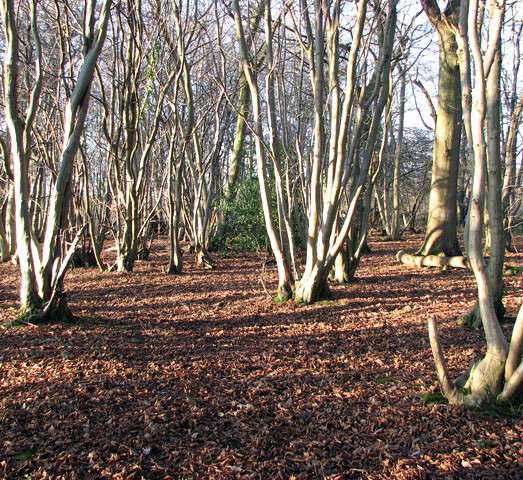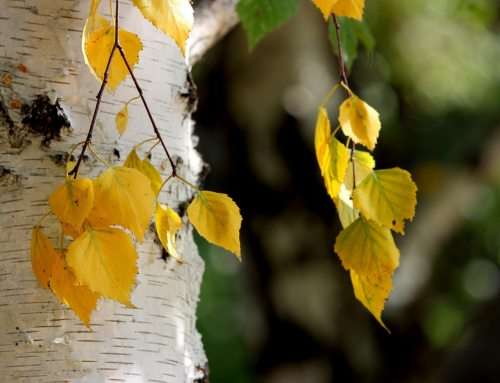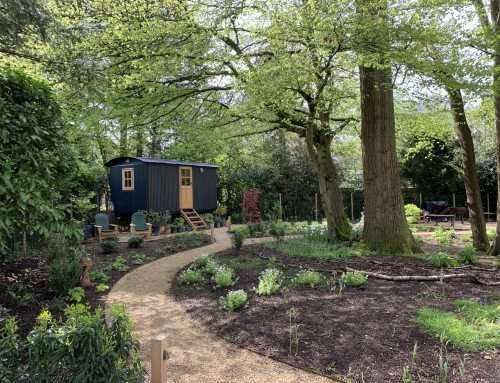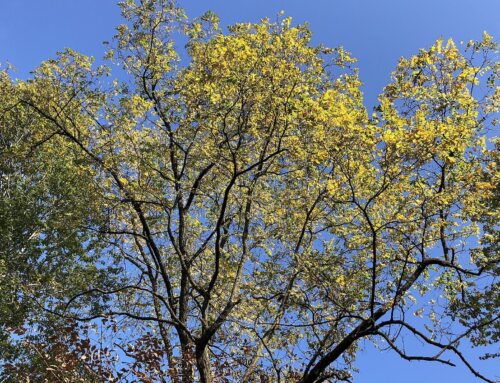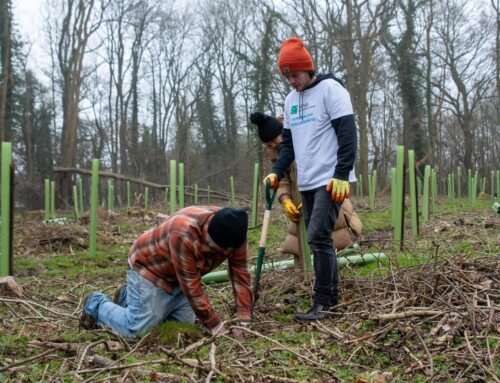Forest Tree Blog Series – Hornbeam
By Katie Stevens
Welcome to the fourth blog in the Forest Tree series.
This blog will focus on the versatile Hornbeam (Carpinus betulus); a native broadleaf. It has soft, bright green, oval-shaped leaves that are deeply creased; although they are similar to beech leaves, they are much smaller, have a pointed tip and have a fine-toothed edge (beech have wavy edges and rounded tips). Its bark is initially smooth and a pale grey colour but becomes more fissured as it matures; its colour deepens into a greyish-purple, accentuating a beautifully distinct vertical diamond pattern. Hornbeam is also monoecious, meaning both male and female cones are found on the same tree. Long, drooping male catkins develop in the autumn but don’t mature and open until the spring; female catkins are shorter and develop in spring. Once pollinated by wind, the female catkins develop into seeds; two leaf-like ‘wings’ develop around each fruit, creating a dense cluster of seeds hanging down.
Hornbeam is native to the UK, as well as Central and Eastern Europe; it is truly native to Southern and South-Eastern parts of England. Interesting fact: there are 43 different Carpinus species worldwide, with most species native to China, Japan and USA; there are only two that are native to Europe (C. betulus and C. orientalis). Click on this link to explore all the different species on the Kew – Plants of the World Online website; there are some amazing species out there!
Although typically medium-sized trees, hornbeam can reach heights of up to 30m and can have a lifespan of more than 300 years. Hornbeam does well in a variety of soils, from wet heavy clay to dry, light sandy soils; it can adapt in acid to alkaline conditions, yet struggles on chalky, shallow soils. It can also adapt to an assortment of climate conditions, as it is very hardy, particularly to the cold; where sites are just a bit too wet and cold for species such as beech or oak, hornbeam is a suitable substitute. Yet, the best growing conditions are in warmer areas or regions, in moderately fertile and damp soil. Hornbeam is one of few species that is a natural shade-bearing tree; it doesn’t have a crown as dense as beech, but casts a more dappled light below it, allowing natural regeneration of its own and other species to thrive. When designing a woodland on wetter ground, Hornbeam could and should be considered in the mix with other suitable species, such as Alder and Willow.
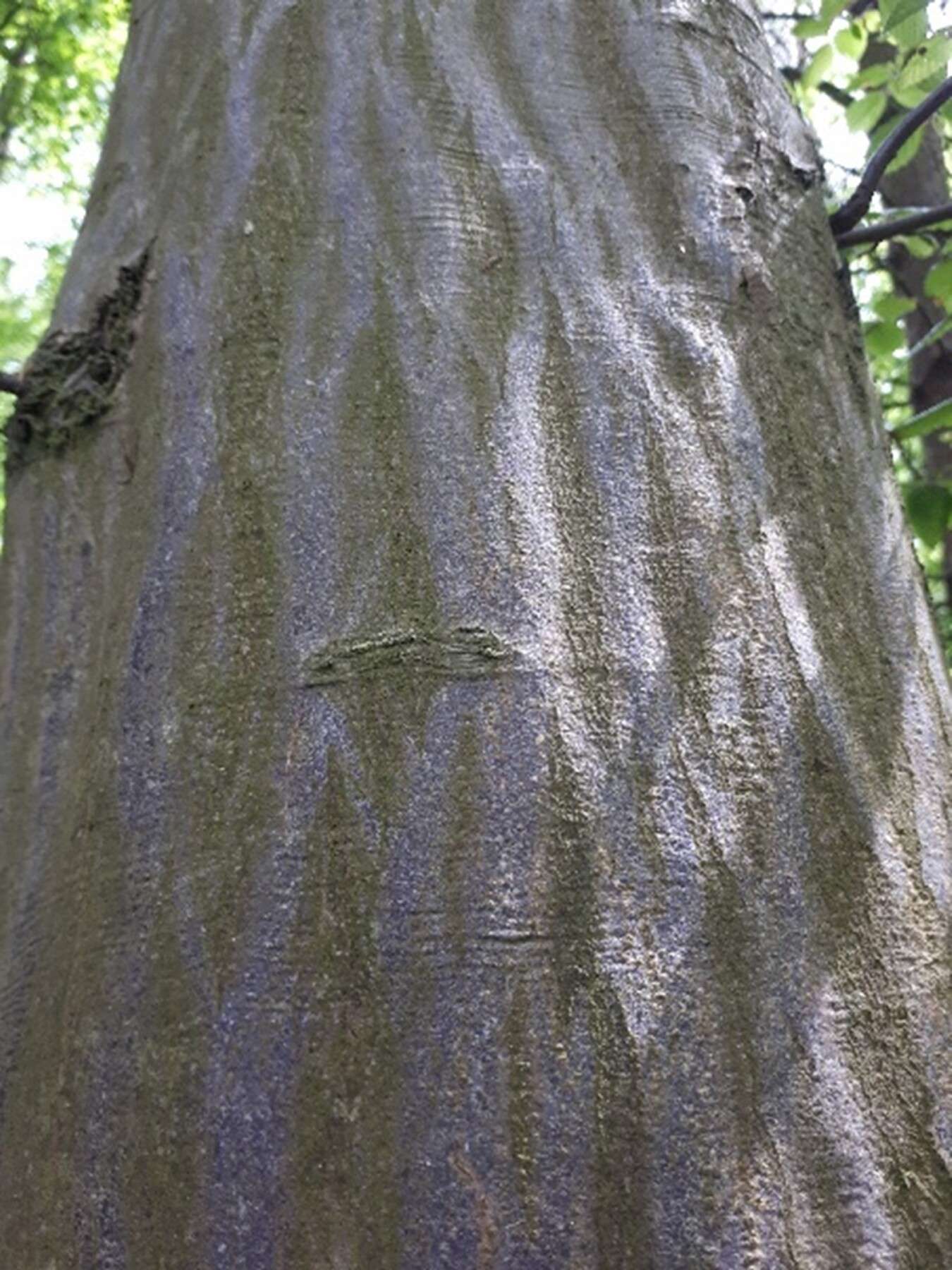
Typically planted as part of a mixed broadleaf woodland, with stocking density of 1,100-1,600 st/ha, hornbeam is very shade tolerant so is typically planted more for its silvicultural benefits to the woodland understorey, rather than a timber tree. However, if planting a higher percentage of hornbeam, it should be planted at a tighter stocking density between 1600-2500- trees/ha which equates to between 2.5m-2m apart. This will help to achieve better timber quality, as hornbeam normally has a very short stem before low heavy branching occurs to form its crown; a tighter spacing will discourage this low branching to occur, leading to a taller stem and wider diameter.
Similarly to other broadleaf species, hornbeam matures slowly, reaching seed-bearing maturity between 20-40 years. When growing for timber, early pruning is recommended, so as to maintain a clean stem and reduce branching. Depending on the site, you can expect to thin out a hornbeam woodland between 25-30 years; if it is thinned later, this is not an issue if timber is the end product.
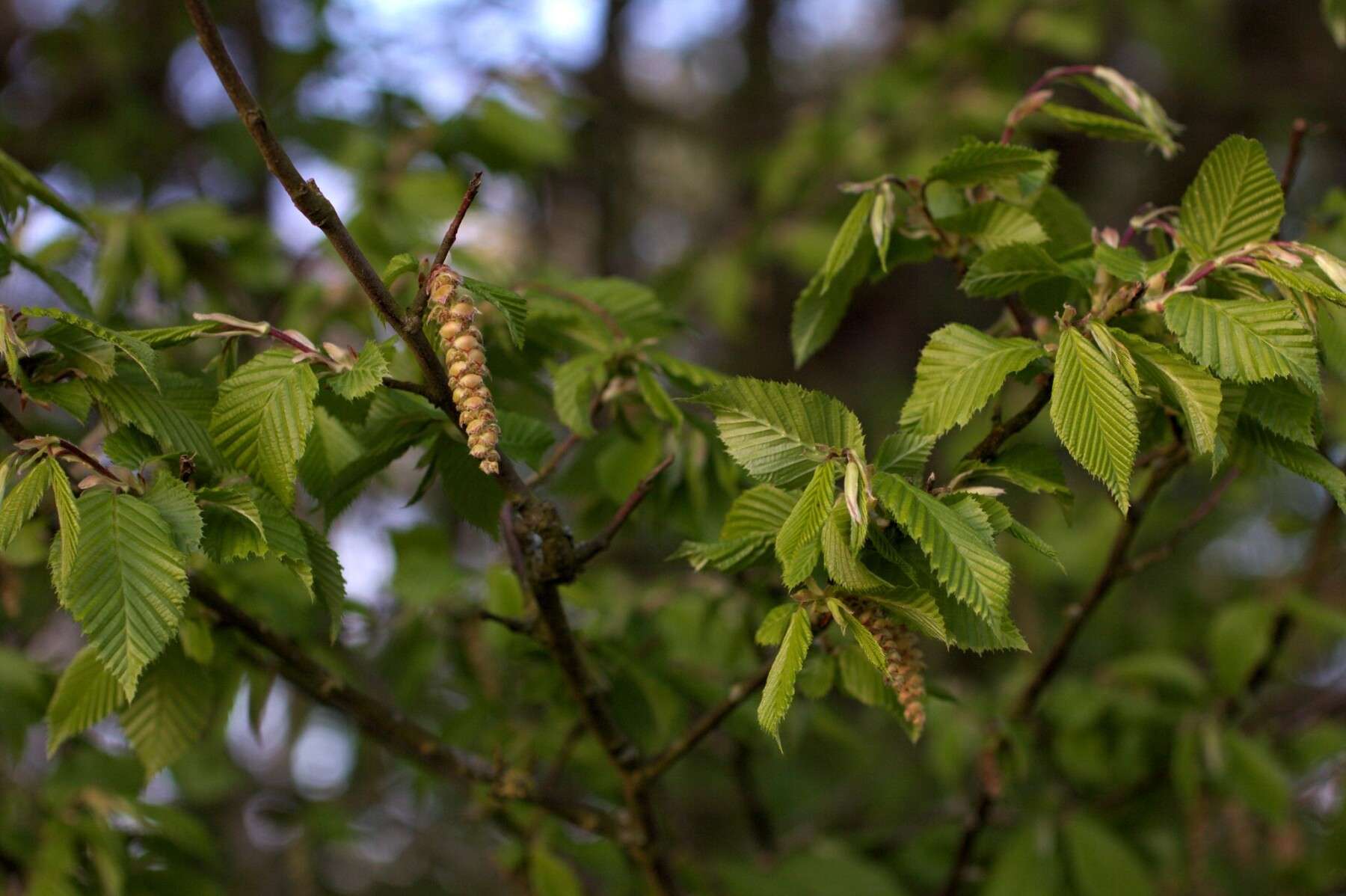
Unlike other broadleaf species, Hornbeam can be grown and cut in several different ways; it is not just a timber tree. It coppices extremely well; it was historically planted and managed as coppice with oak standards, for fuel and basket-making purposes. It can be pollarded successfully, enabling it to be a useful tree for urban planting, in parks, streets and gardens. Its dense branching, dead leaf retention and ability to withstand heavy pruning have led to an increase in its commercial use for hedging and screening.
Hornbeam timber is the hardest wood of any tree species in Europe, with a smooth silky white grain, making it an attractive but difficult timber to work with; an easier way to use the timber is through turning. Its prime carpentry use is for any item that requires long durability and high resistance to damage; items include chopping blocks, flooring, piano hammer keys and drumsticks. Not just for carpentry, hornbeam timber has a very high calorific value, meaning that it releases a large amount of heat energy when burnt, making it ideal for firewood.
One of the main threats to Hornbeam is pests and pathogens. The main fungal disease that affects mature trees is Phytophthora ramorum; in hornbeam, the roots are the most susceptible to infection, causing root rot which in turn causes wilting and dieback of the crown. Rhododendron has been confirmed as the major source of the fungus; where a woodland contains Rhododendron and any susceptible tree species, it is important to control the spread of the invasive carrier species. The biggest pest to affect hornbeam is the grey squirrel. Young trees, 10-30 years old, are the most susceptible as the bark is young and smooth, making it easy for squirrels to strip the bark all around the tree; this is called ring barking. Older trees that have a more thickened and fissured bark make it more difficult for squirrels to completely ring bark the tree; any small patches of damage will create scars but will not ultimately kill the tree. Click on this link to read an excellent article that talks about Grey Squirrels and their impact on Britain’s native trees.
Overall, Hornbeam is a great multipurpose tree, whose appearance in British forestry will only increase as the demand for woodland creation rises throughout the UK. Those ‘tricky sites’ that were once not suitable for a productive woodland could, and should, be re-evaluated with the intention of planting a woodland containing hornbeam as the main timber species.
If you own land or woodland and would be interested in planting Hornbeam, then please do contact our forestry team by calling us on 01869 340342 (option 3), or email us at: contact@nicholsonsgb.com. Similarly, if you would like to add a Hornbeam tree to your garden, give our Plant Centre a call on 01869 340342 (option 1).
